Current Status: ARA is an active member of a statewide coalition working to address the impacts of coal ash on our river and communities in Alabama. We are currently awaiting EPA’s ruling on Alabama’s coal ash permitting program. For information about the recent legal action at Plant Barry, please click here.
Coal Ash
ABOUT COAL ASH
Coal ash is the toxic waste that remains after coal is burned. It contains high concentrations of heavy metals, including mercury, arsenic, selenium, chromium, and lead which are hazardous to human health, wildlife, and waterways near coal ash pits.
Across Alabama, there are more than 117 million tons of toxic coal ash in unlined pits next to our waterways at nine different sites with more than 50 groundwater violations. Alabama Power, TVA and PowerSouth own these unlined pits, and they are polluting our rivers and reservoirs.
The utilities’ own data shows that heavy metals are leaking into ground and surface waters. These contaminants, such as arsenic, radium, mercury, chromium and others, threaten water quality and wildlife, and constitute illegal contamination of state waters.
Across Alabama, utilities have made plans to leave these pits in place. Their plans consist of “capping” the coal ash in unlined pits, often in or very near groundwater. Leaving ash in place does not stop or clean up pollution. For example, Alabama Power has already capped their Plant Gadsden coal ash pit, but the pit continues to pollute groundwater.
These coal ash pits threaten our waters, and we should not continually live with a threat created by the utilities when there is already a proven solution.
Virginia, Georgia, North Carolina, South Carolina and Tennessee utilities are removing a quarter of a million tons of coal ash to upland, lined landfills. We need Alabama to do the same.
OTHER RESOURCES
Read more about coal ash in a watershed near you:
Black Warrior River | Coosa River | Mobile Bay | Tennessee River
Read more about coal ash across the Southeast:
Southern Environmental Law Center
ASHES TO ASHES
Watch the Southern Exposure film, Ashes to Ashes, which tells the grim story of coal ash in Alabama and what you can do to call on the electric utility companies to become leaders by cleaning up the pollution they have created.

